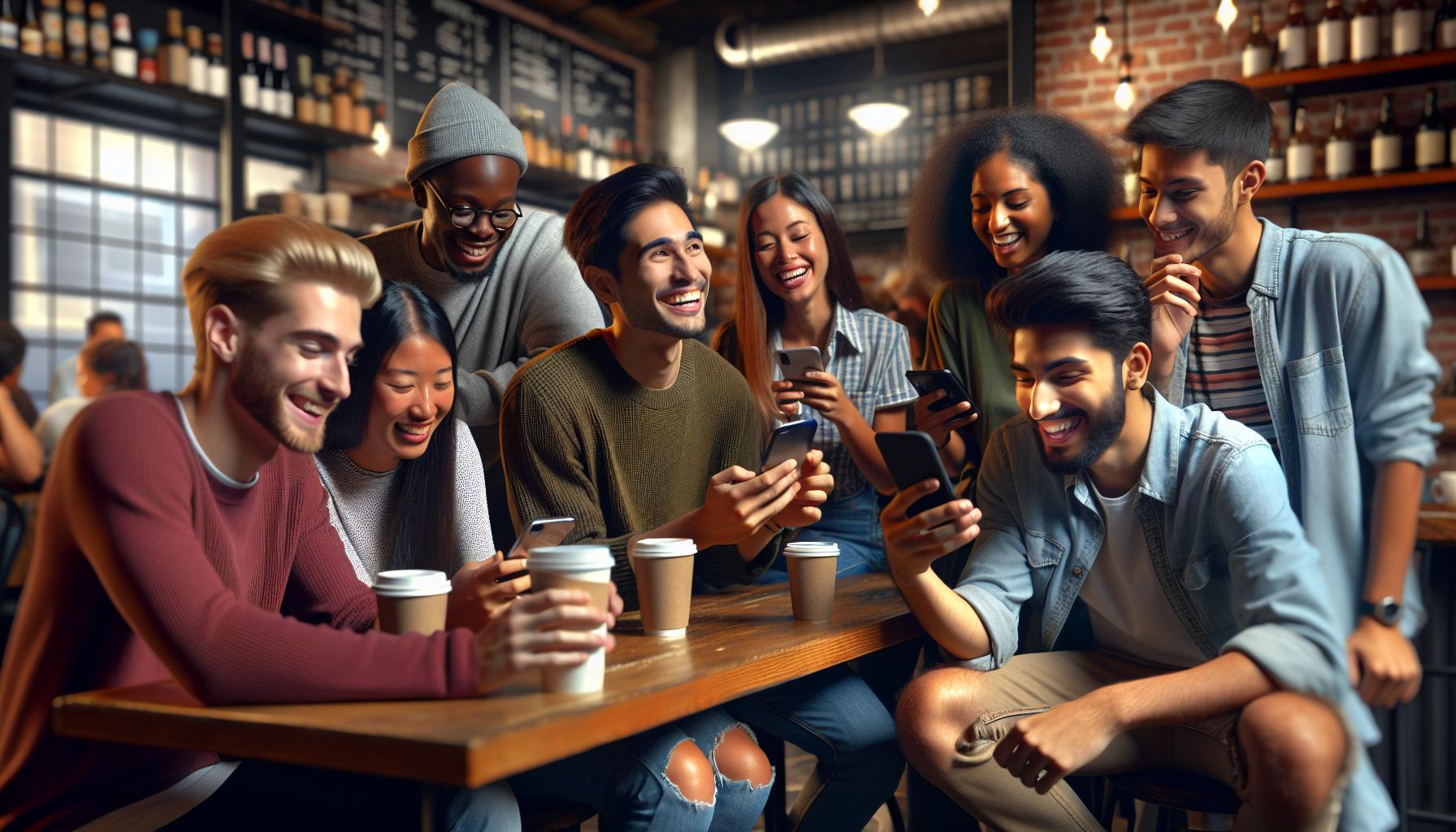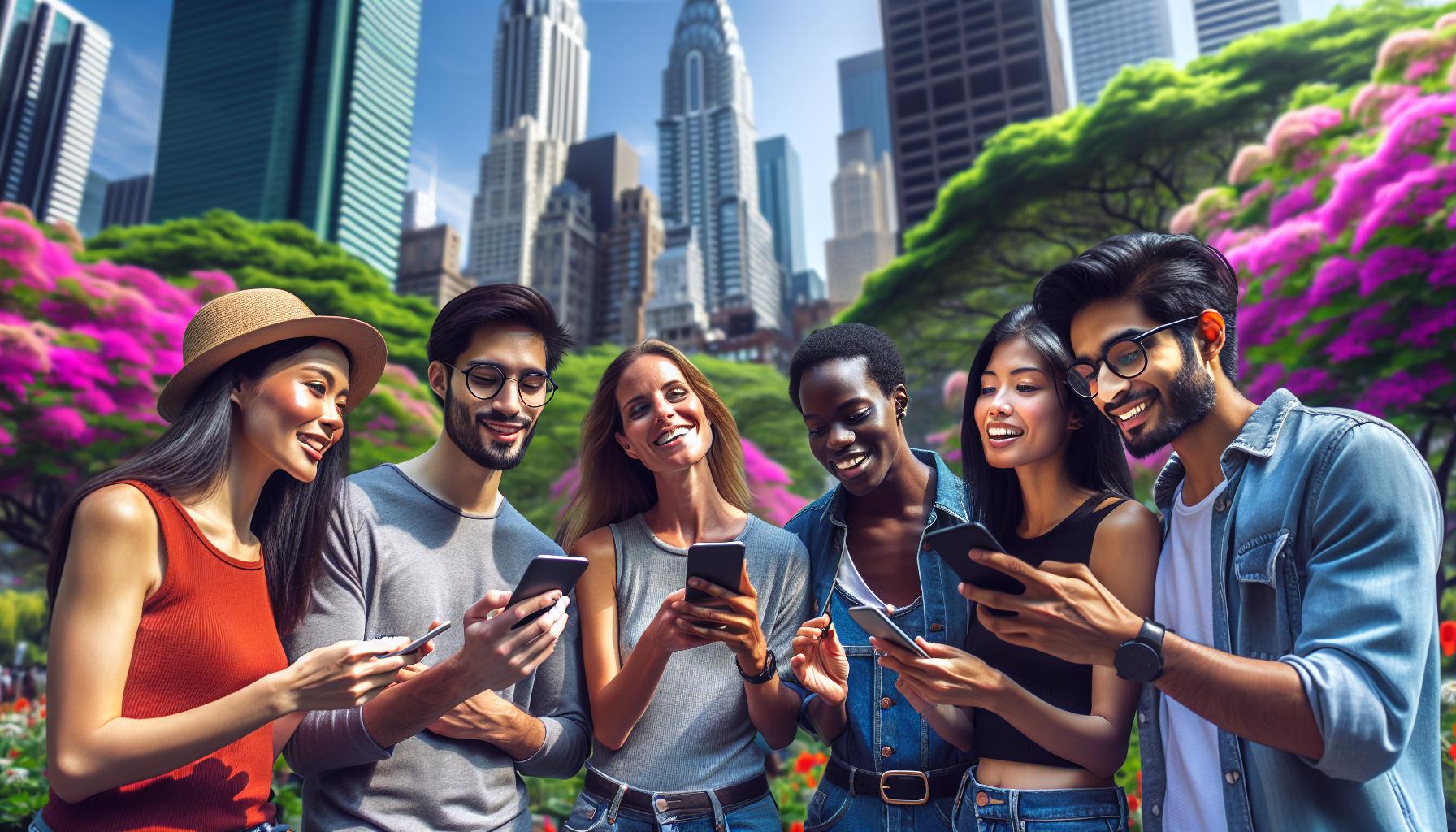In 2015, social media wasn’t just a pastime; it became a full-blown phenomenon that transformed how people connected, shared, and consumed content. As platforms evolved, they introduced fresh trends that not only captivated users but also left marketers scrambling to keep up. From the rise of video content to the explosion of memes, social media in 2015 was a wild ride that made even cat videos seem like serious business. With every scroll, users encountered innovative strategies that changed the game. Brands learned to speak the language of their audiences, using humor and relatability to forge deeper connections. So, buckle up as we dive into the quirkiest and most impactful social media trends of 2015 that shaped the digital landscape and left a lasting impression on how we interact online. Who knew scrolling through feeds could be so influential?
2015 Trends Social Media
Social media in 2015 witnessed remarkable changes that reshaped online interactions. Users increasingly favored visual content, leading to the rise of platforms like Instagram and Snapchat. Video content emerged as a dominant force, with Facebook and Twitter promoting video sharing to drive engagement. Brands recognized the value of storytelling, crafting narratives that resonated with audiences and enhanced brand loyalty.
Memes played a crucial role in engaging users, encouraging shares and discussions across various platforms. Humor became a vital element in marketing strategies, allowing brands to connect with audiences on a personal level. Mobile usage surged, resulting in an increase of social media app downloads and user activity on smartphones.
Influencer marketing gained traction as brands turned to social media personalities to promote products authentically. This tactic not only expanded reach but also built trust with consumers. Additionally, real-time marketing became essential, as brands capitalized on trending topics to engage users promptly.
Users actively sought interactive content such as polls, quizzes, and live streams, fostering a sense of community online. Social listening tools gained importance, enabling brands to analyze conversations and gain insights into consumer preferences. Privacy concerns remained prevalent, prompting platforms to enhance security features and give users greater control over their data.
With both challenges and opportunities, 2015 set the stage for major developments in social media. Marketers had to adapt quickly to the swift evolution of trends and user preferences, paving the way for future strategies and innovations in the digital landscape.
Major Platforms and Their Developments

In 2015, significant enhancements across major social media platforms shaped user engagement and interaction.
Facebook Enhancements
Facebook focused on improving user experience through video features, allowing users to upload and share content seamlessly. Live video became a prominent addition, giving brands a new avenue to connect in real time. Increased algorithm changes prioritized organic content, making it crucial for brands to adapt strategies. Advertisers gained access to new analytical tools, enabling them to refine targeting and measure campaign performance more effectively. Enhanced privacy controls also emerged, reflecting user demand for better data security.
Twitter Innovations
Twitter introduced several innovations to boost user engagement in 2015. The platform extended tweet character limits, allowing for richer conversations. With features like Moments, users accessed curated content highlighting trending topics. Increased emphasis on video content kept users engaged longer on the platform. Real-time interactions flourished, as brands responded instantly to trending discussions, enhancing visibility. Twitter also integrated Periscope, expanding live broadcasting capabilities and inviting users to share experiences instantly.
Instagram Growth
Instagram’s significant growth occurred due to enhanced features tailored for visual storytelling. The introduction of video posts allowed users to share engaging content up to 60 seconds long. Brands embraced creative tools like Stories and filters, fostering increased interaction. Advertising options expanded, enabling brands to utilize intricate targeting capabilities. User engagement soared, as the platform encouraged community-building through comments and direct messages. As a result, Instagram became a vital platform for marketers looking to reach younger audiences.
Content Strategy Transformations

Social media in 2015 saw a shift in content strategies, focusing heavily on engagement and authenticity.
Visual Storytelling Strategies
Visual storytelling gained momentum as brands embraced eye-catching images and compelling narratives. Using platforms like Instagram, businesses captured attention through vibrant visuals that communicated messages effectively. Marketers recognized the power of short video clips, enhancing storytelling by combining audio and visuals. Engaging visuals encouraged sharing among users, amplifying the reach of brand messages. Creatively designed infographics provided informative content while remaining visually appealing, attracting audiences’ interest. Effective use of user experiences fostered deeper connections, increasing brand loyalty.
Rise of User-Generated Content
User-generated content emerged as a valuable asset for brands in 2015. Encouraging customers to share their experiences enhanced authenticity and trust. Many organizations launched campaigns that featured content created by users, promoting community engagement. Social media contests incentivized participants to generate content, boosting visibility for brands. This trend helped brands cultivate a sense of belonging among their audiences, promoting stronger relationships. Authentic testimonials and reviews became essential, influencing potential customers’ decisions and strengthening brand credibility.
Engagement and Interaction Trends

In 2015, engagement and interaction on social media reached new heights, driven by innovative strategies that reshaped user experiences.
Importance of Real-Time Engagement
Real-time engagement emerged as a crucial element for brands aiming to connect with their audiences. Brands reacted swiftly to trending topics, allowing them to participate in conversations while they were relevant. The ability to engage instantly heightened user excitement, creating opportunities for brands to showcase their personality and establish a connection. Platforms like Twitter made this easier, promoting spontaneous interactions that resonated with users. This fast-paced environment transformed standard marketing approaches, ensuring brands stayed current and reached more consumers effectively.
Influencer Marketing Boom
The influencer marketing boom revolutionized brand promotion strategies. Brands identified social media personalities with established followings and partnered with them to promote products authentically. These influencers offered valuable connections, enhancing brand credibility and expanding reach. Audiences related to influencer endorsements on a personal level, fostering trust and driving consumer engagement. Campaigns tailored around influencer collaborations gained prominence, showcasing relatability as a key component in attracting new customers. This shift underscored the significance of genuine interactions over traditional advertising methods, marking a substantial evolution in marketing strategies.
2015 was a pivotal year for social media as it redefined how brands and users interacted online. The shift towards visual storytelling and real-time engagement created new opportunities for marketers to connect authentically with their audiences. Influencer marketing emerged as a powerful tool, allowing brands to leverage the trust and relatability of social media personalities.
As platforms evolved and user preferences shifted, the focus on creativity and community engagement became essential. This year laid the groundwork for future innovations in digital marketing strategies, emphasizing the need for brands to remain agile and responsive in an ever-changing landscape. The trends from 2015 continue to influence social media practices today, shaping the way brands communicate and engage with their customers.

